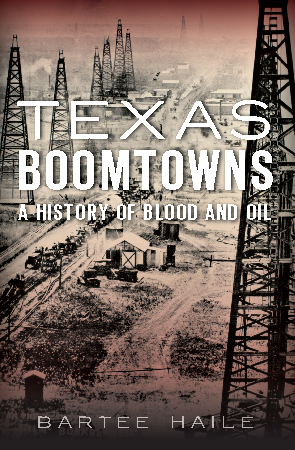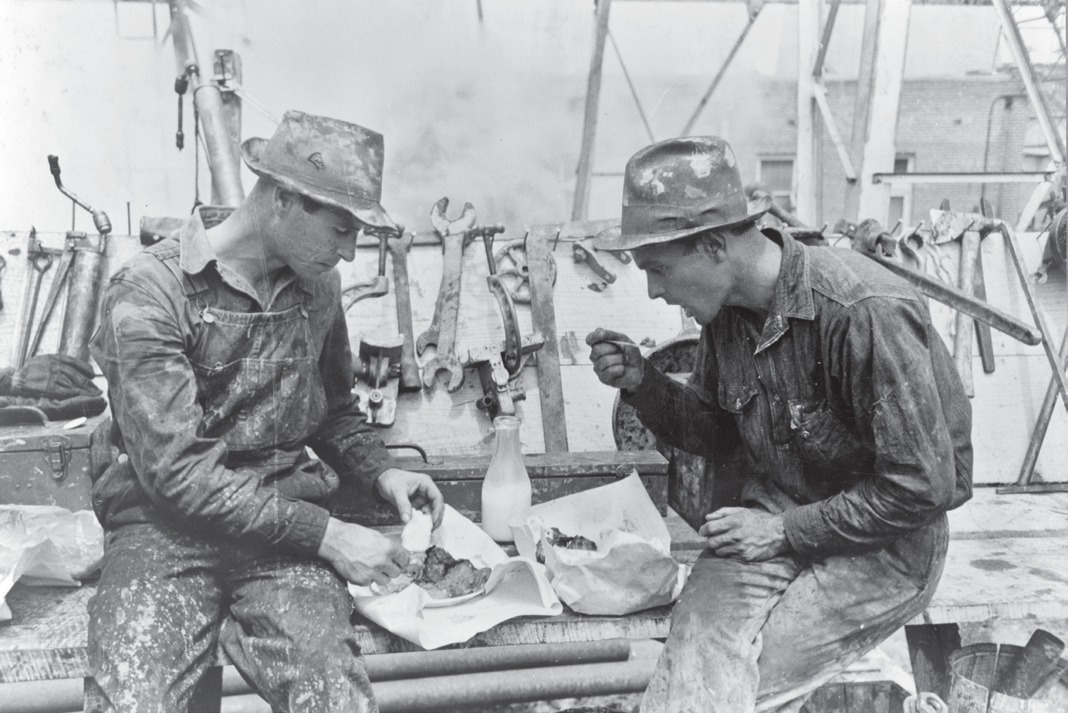
When you think of Texas in the 19th century, you undoubtedly picture cowboys, Native Americans, and immigrants all fighting for survival on the Texas frontier. For iconic 20th century Texans, the oil-crazy wildcatter burst forward into the public conscious. After decades of acknowledging that crude oil was hiding underground, only occasionally bubbling up, but not having a great need for it, Texans saw the black gold explode onto the Texas landscape at the end of the 19th century.
On January 10, 1901, the first major oil well came in at Spindletop, down the road from Houston and south of Beaumont, marking the birth of the oil industry in Texas. The original Texas boomtown, it was home to a salt dome that produced 100,000 barrels per day, and instantly made Texas a major player in the modern petroleum industry.
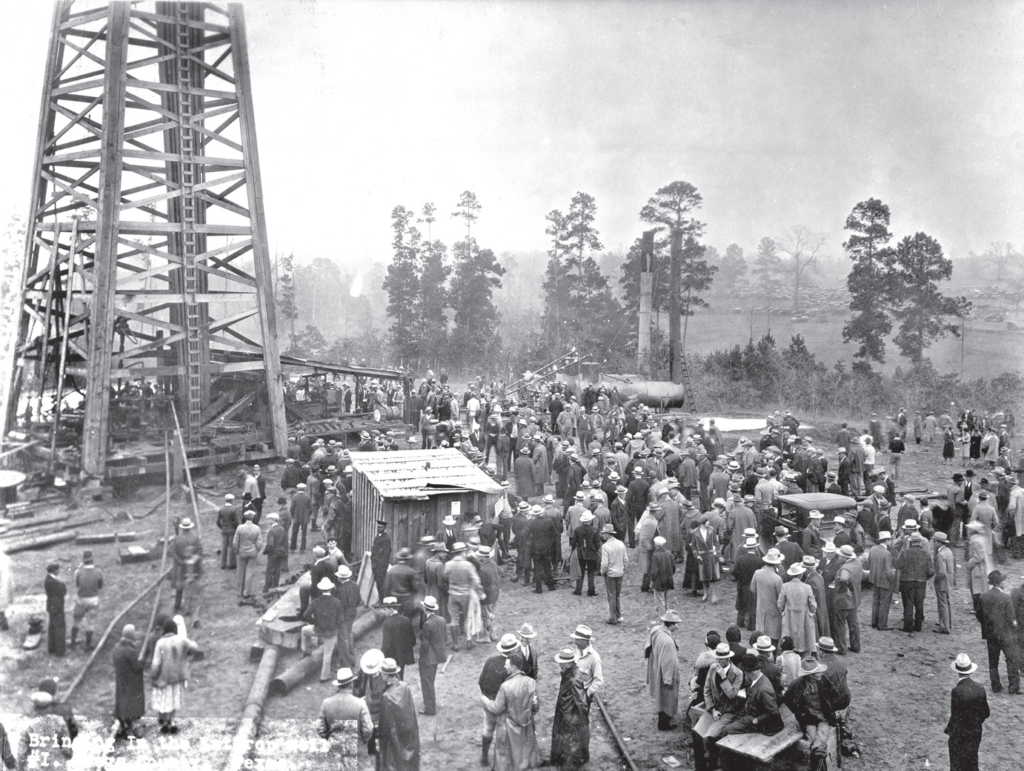
When future Texaco Oil founder Joe Cullinan heard the news, he was already raking in money from oil under the salt domes around the central Texas town of Corsicana. Their major oil discovery a few years earlier would be dwarfed by the strike in the southeast corner of the state.
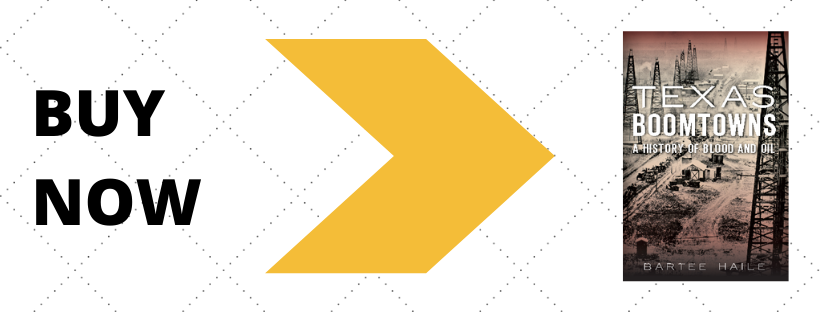
Spindletop produced or enlarged companies such as Gulf Oil, Texaco, and Humble. Storage facilities, refineries, and oil field equipment companies grew quickly in nearby communities to take advantage of the prosperous oilfield. Houston would not be the Energy Capital of the World without the huge strike at Spindletop.
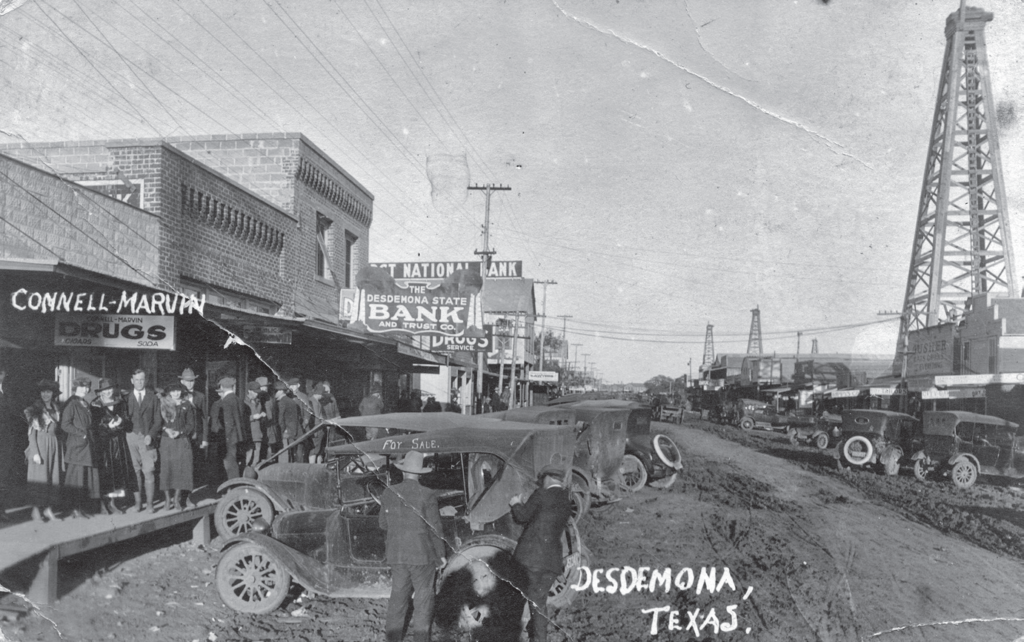
Once Spindletop stopped gushing oil, the tent cities, con artists, chiselers, and prostitutes split. Beaumont got a lot less crowded, but still had a population double its pre-boom size. Now, oil derricks populated every corner of Texas, and new boomtowns exploded west of Fort Worth in 1918, and in Mexia, 100 miles south of Fort Worth, in 1913. In some cases, small communities like Desdemona benefited when the town banded together, hoping to strike it big. There was an anything-goes wildness to the day for Texans in oil country. Sadly, after all the oil was sucked up, many of these boomtowns went bust, leaving nothing behind.
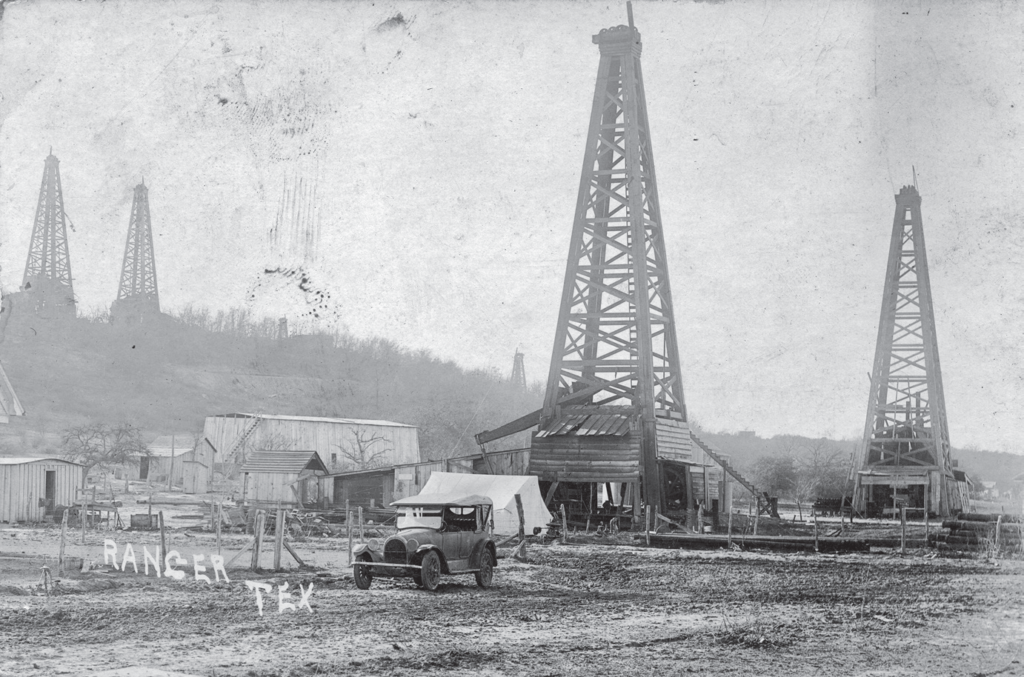
With the arrival of the automobile, oil now had a market, which would drive all sorts of research into the technology needed to find it and extract it. Later on, newer uses for oil and petroleum-based projects would keep the wild speculation going.


